US weighs possibility of airstrikes in Afghanistan after troops withdrawal
The Pentagon is weighing the option of conducting airstrikes in Afghanistan after the full withdrawal of American troops from the country if the capital Kabul or another major city is in danger of falling to the Taliban militant group.
US military officials are actively discussing how to respond if the rapid withdrawal of US forces from the war-ravaged country produces consequences with substantial national security implications, a new report by The New York Times revealed on Wednesday, quoting anonymous US officials.
One option is that the United States’ warplanes or armed drones intervene in an extraordinary crisis, such as the potential fall of Kabul or a siege that puts American and allied embassies and citizens at risk, the report said, though no decisions have been made yet.
The development comes as US President Joe Biden and his top national security aides had previously said that once US troops leave Afghanistan, air support would end as well, with the exception of strikes for counterterrorism reasons, in case there was intelligence about efforts to attack American interests.
The officials further noted that any additional airstrikes would require the president’s approval, stressing that even then, such air support would be hard to sustain given the fact that the US will leave all its air bases in Afghanistan by next month, and any airstrikes would most likely have to be launched from bases in the Persian Gulf.
A potential fall of Kabul is the crisis most likely to lead to military intervention after US troops leave, officials said, adding that Washington is not likely to provide additional air support to Afghan forces in rural areas, many of which are already under Taliban control.
This comes as Afghan officials have said they had been told by their American counterparts that the United States would stop any takeover of major cities, a vague statement without any clear backing.
That support would be tough to maintain over any extended period.
“It’s a very hard thing to do,” said Gen. Joseph L. Votel, the former commander of United States Central Command. “It’s an operation to get aircraft to Afghanistan, especially if you’re having to come from the [Persian] Gulf or an aircraft carrier. There is limited loiter time for them to do anything.”
The latest discussion of providing further air support suggests the degree of concern in Washington about the ability of Afghanistan’s military to hold off the Taliban and maintain control of Kabul and other major cities.
A spokesman for the White House’s National Security Council declined to comment on the options under discussion, saying the Biden administration did not publicly discuss rules of engagement.
But officials say there appears to be some new flexibility in the interpretation of counterterrorism. They say a debate has arisen in the administration over what, exactly, is the threshold for turmoil in Afghanistan that could lead to American airstrikes.
Biden in April announced all American troops would withdraw from Afghanistan by September 11, the 20th anniversary of the attacks in the US that Washington used as a pretext to invade and occupy the country despite the fact that no Afghan national was involved in the attacks.
His remarks coincided with US intelligence agencies claiming that the Taliban could overrun most of Afghanistan within two to three years if the American forces left the country before a power-sharing deal was reached between the warring parties.
A number of American officials that favor the stay of US troops in Afghanistan have been using the intelligence report to argue that the soldiers should remain beyond the deadline.
Some observers also worry that with foreign troops gone, Afghanistan will witness a rise in violence. But Afghan officials say that cannot be further from the truth, as Afghan forces are well-equipped to fight any security threat rapidly and effectively.
Democratic Congressman Tom Malinowski, who joined more than half a dozen other House Democrats and Republicans in urging Biden to provide an array of support to the Afghan government after American troops leave, said, “Our policy should be to do everything possible, consistent with not having troops on the ground, to enable the legitimate Afghan government and security forces to hold on.”
When asked at a Pentagon news conference last month if Afghan cities were in danger of being overrun by the Taliban after American forces left, Defense Secretary Lloyd J. Austin III declined to say whether the United States would provide air support, saying it was a hypothetical situation.
Zalmay Khalilzad, the top US diplomat leading peace efforts with the Taliban, issued last month what seemed to be a definitive statement on the matter.
“We will do what we can during our presence until the forces are withdrawn, to help the Afghan forces, including coming to their defense when they are attacked,” he told the House Foreign Affairs Committee. “But once we are out of Afghanistan, direct military support of Afghan forces such as strikes in support of their forces, that’s not being contemplated at this time.”
Under a February 2020 “peace” deal between the Taliban and the administration of former US President Donald Trump, Washington vowed to withdraw all 2,500 US troops remaining in Afghanistan by May 1, 2021. In return, the Taliban pledged to stop attacks on US troops. The Biden administration, however, missed that deadline and pushed the date back to September 11.
The Taliban have said the United States has breached its agreement with the group for the troop withdrawal and has ramped up attacks across Afghanistan, including a recent upsurge in killings of journalists, aid workers and government employees.
The US invaded Afghanistan in October 2001 under the pretext of the so-called war against terror. Washington has spent trillions of dollars waging war on the impoverished country, which has left thousands of Afghan civilians and American soldiers dead.
Biden, like his predecessor, has promised to end the longest US conflict and bring American soldiers back home.
Roughly 7,000 NATO troops in Afghanistan rely on the US for logistics and security support and will also have to pull out if the American forces withdraw.
Spain jurists demand ties with Israel ties be cut
VIDEO | Press TV's news headlines
VIDEO | Iran honors top Science Olympiad medalists
VIDEO | Austrians arrested at Gaza protest in Vienna
10 killed in bus crash in western Iran
VIDEO | One-man-band journalism with Civili
5 Israeli forces killed as Palestinian fighters face up to regime’s war machine
VIDEO | An insider's view of the country: Persian Tahini, Royan in Mazandaran


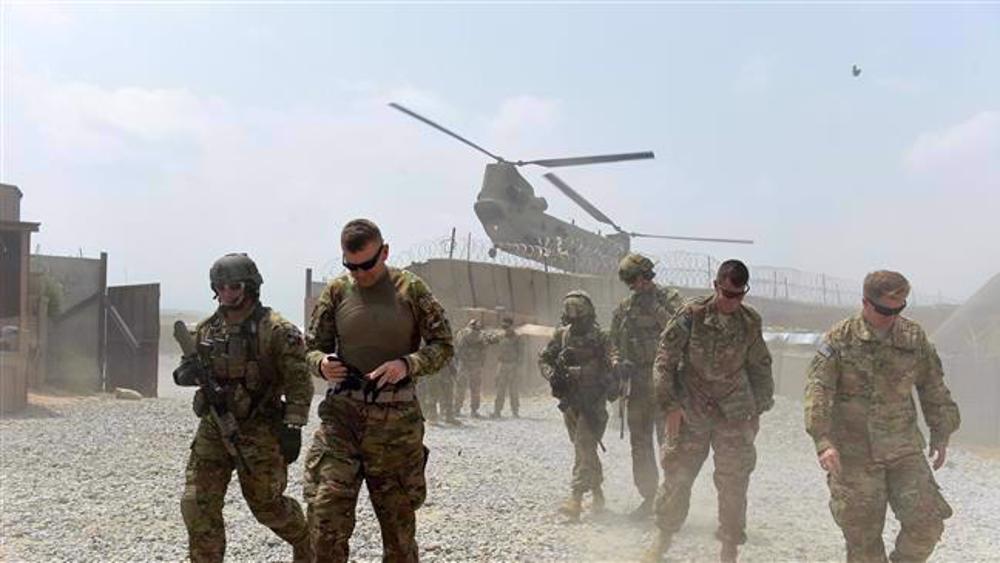


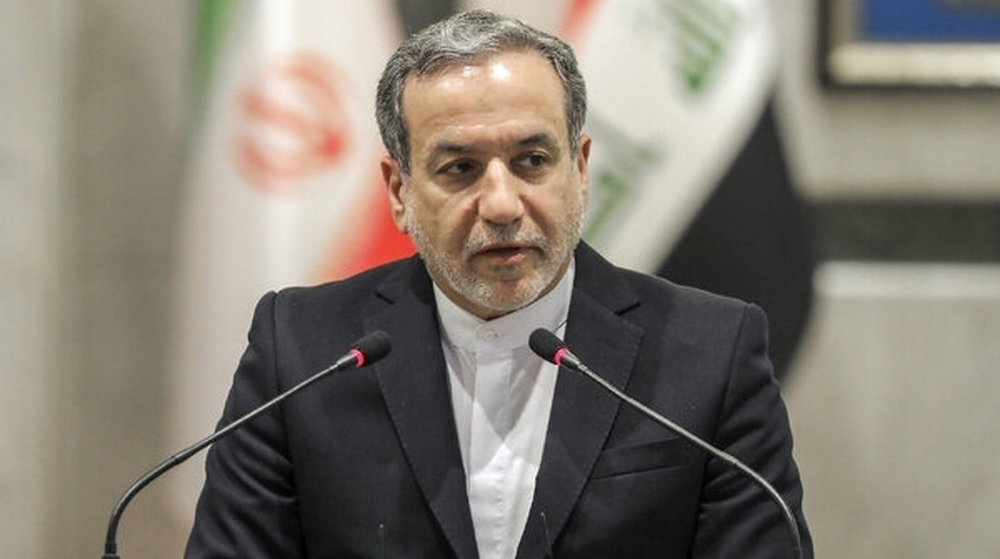

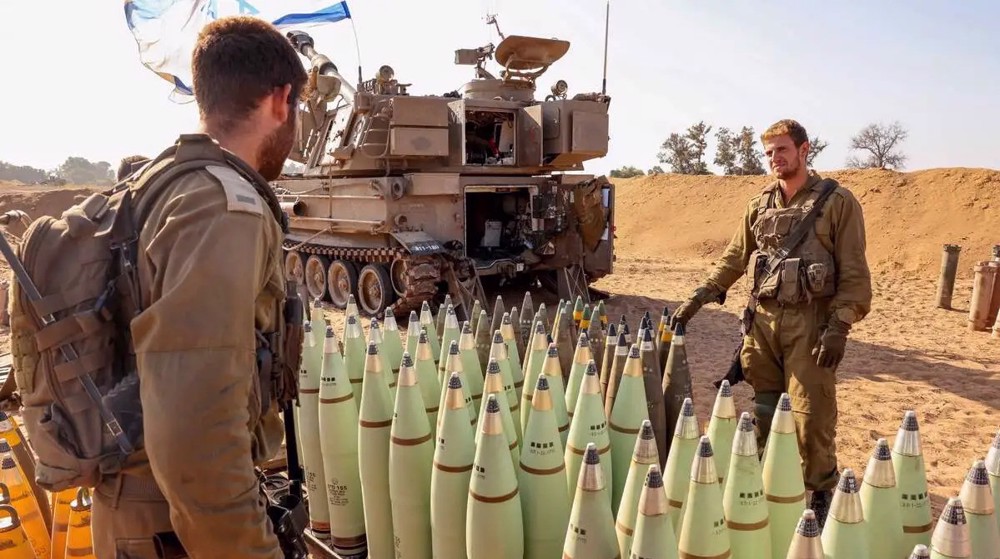



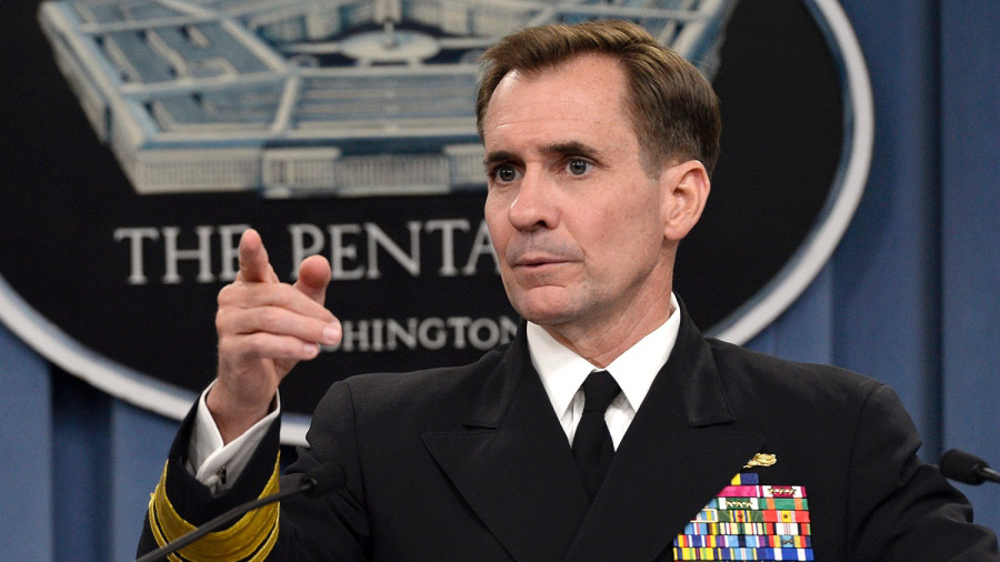
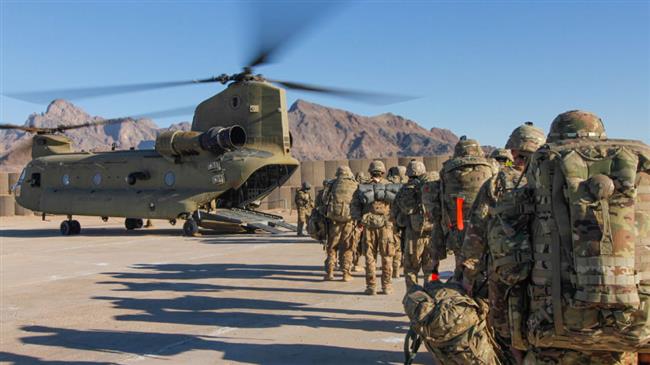
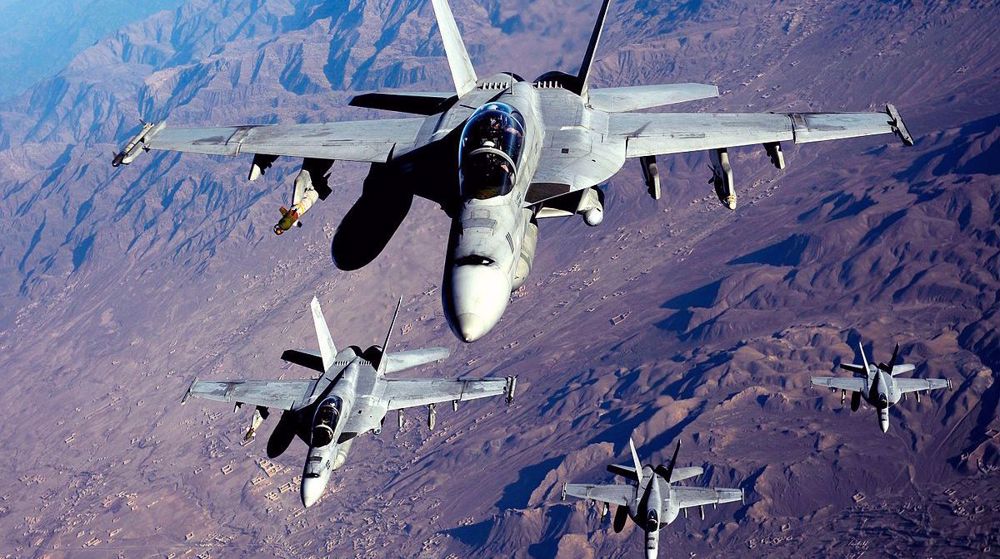
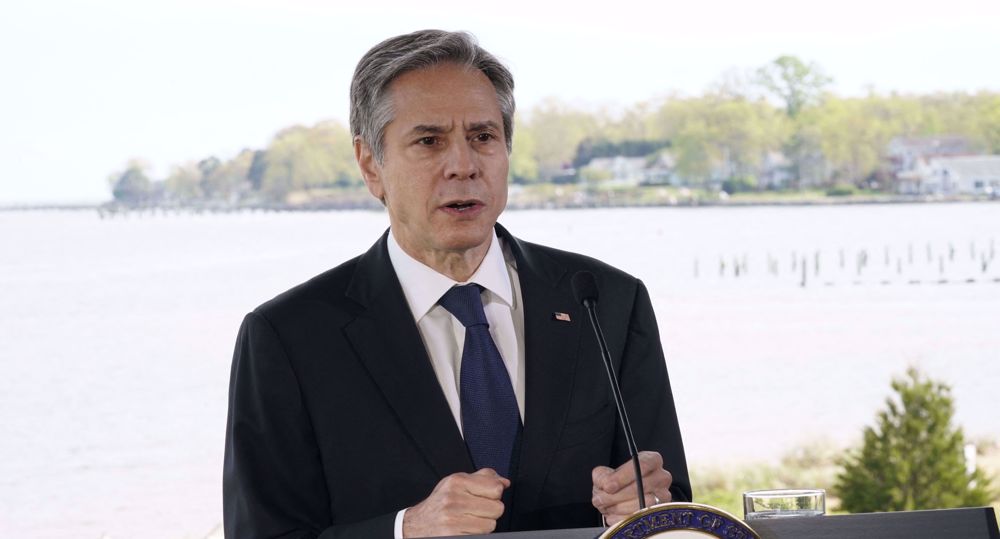

 This makes it easy to access the Press TV website
This makes it easy to access the Press TV website